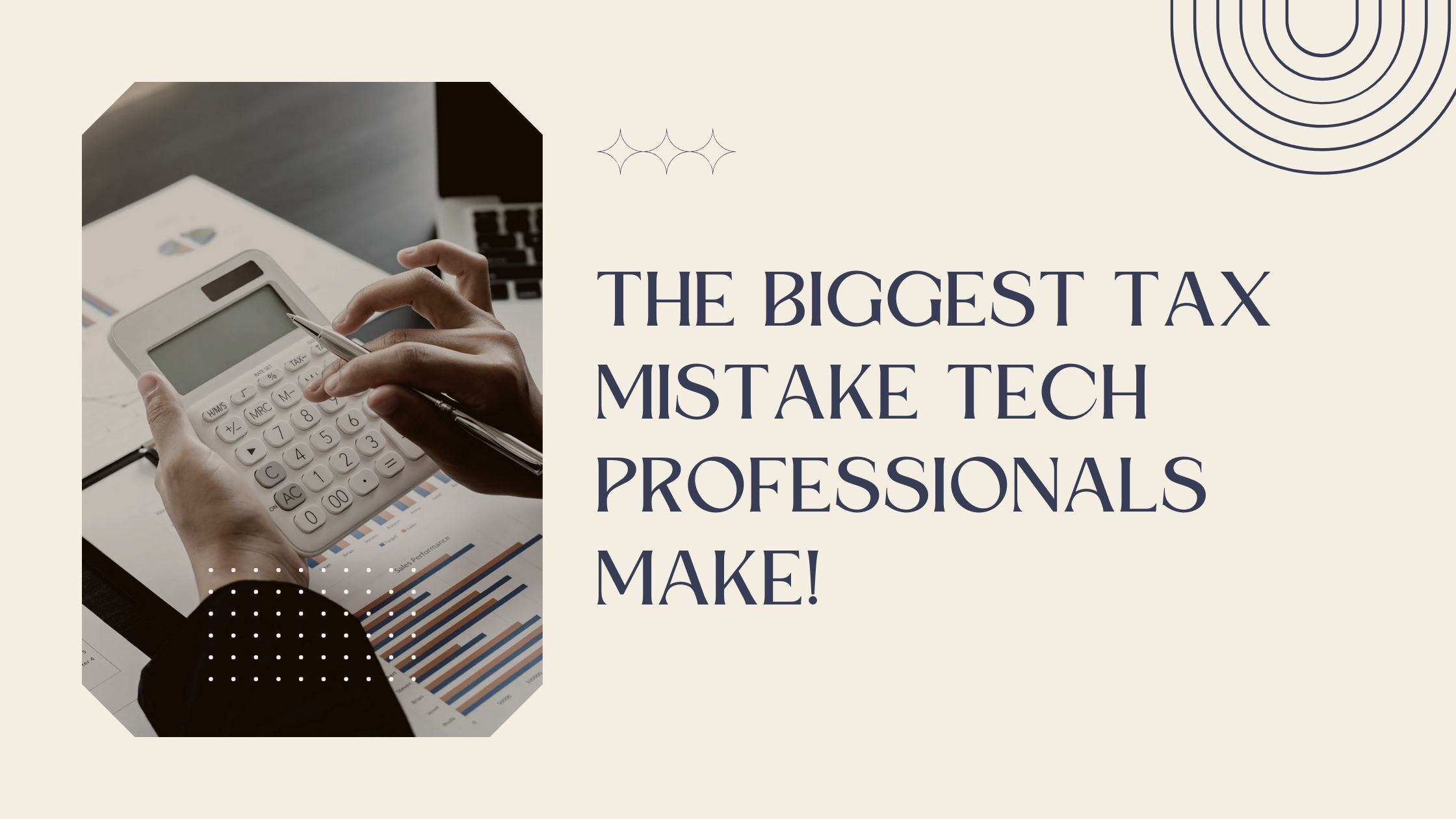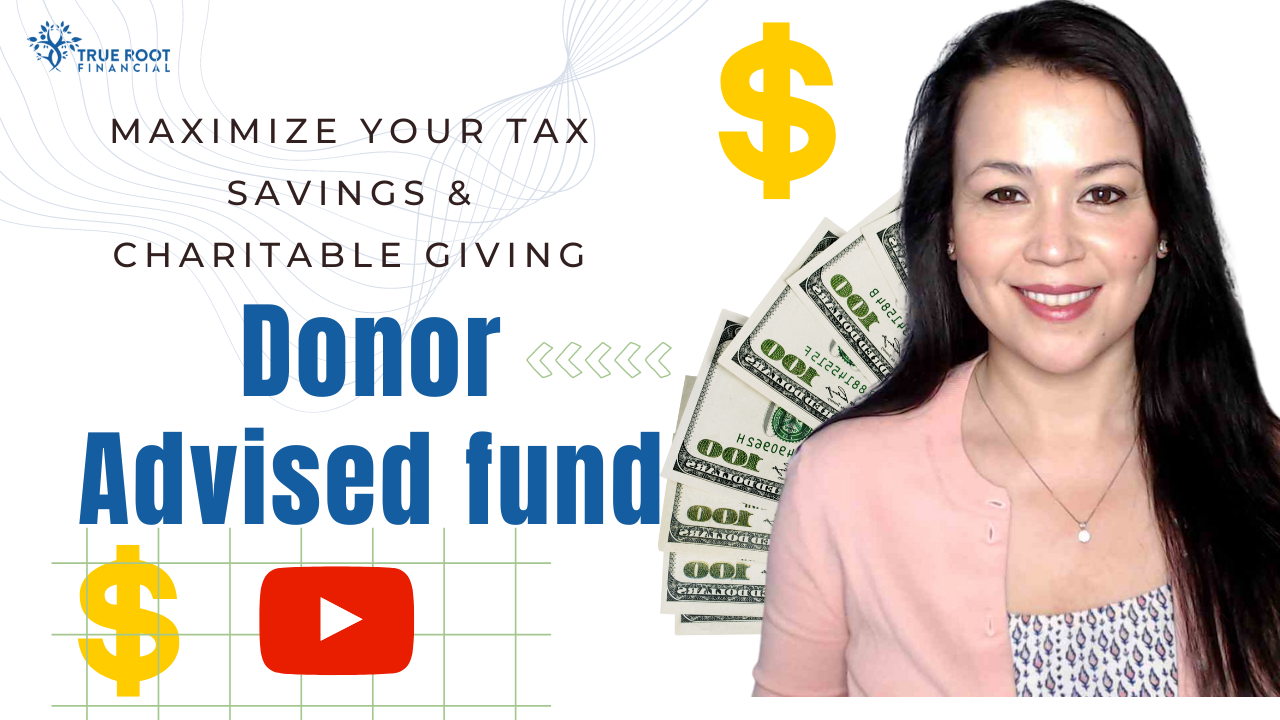Withdrawing from your 401(k)? CARES Act can help
Roshani Pandey is a financial advisor and founder of True Root Financial. True Root Financial is located in San Francisco, CA and serves clients across the globe.
The Coronavirus Aid, Relief, and Economic Security (CARES) Act provides three main benefits to holders of retirement plans like 401(k) and 403(b). If you are thinking of withdrawing from your 401(k) for an emergency spending or to make a down payment on a house, the first two provisions of the CARES Act can help
- Provisions for hardship withdrawals if you have been affected by Covid-19
- Suspension of 401(k) loan repayment for a year
- 401(k) holders who were formerly required to take a minimum distribution (RMD) if they turned 70½ in 2019 are no longer required to do so. Of course, if you want to, you can still take the distribution. This is a benefit to current retirees
1. Hardship withdrawal
In normal times:
If you are younger than 59½, and withdraw money from your 401(k), you normally pay two sets of taxes. First, you pay income taxes on the distribution and second, you may also pay a 10% penalty. Most 401(k) plans might not even allow you to do an early withdrawal, except for a hardship withdrawal. The IRS defines a hardship as having an immediate and heavy financial need like foreclosure, tuition payments, or large medical expenses. Even if you qualify for a hardship withdrawal, you may still end up paying the 10% penalty, in addition to regular income taxes.
Under the CARES Act:
Qualified 401(k) holders can now take a hardship withdrawal of up to $100K from their 401(k). This distribution will not be subject to the standard 10% early withdrawal penalty. Additionally, if you return the funds within 3 years, you will be refunded any income taxes you might have paid. If you decide not to return the funds, you have 3 years to choose from to pay the standard income taxes for this distribution. This means you can spread out the taxes you have to pay so that you don’t have a heavy tax burden on a single year.
Who is qualified to receive the hardship withdrawal benefit?
To receive withdrawal benefits, you have to fall under one of the following criteria:
- Be diagnosed with COVID, using a CDC (Center for Disease Control) approved test
- Have a spouse or dependent that has been diagnosed with COVID
- Experienced adverse financial consequences as a result of being quarantined, furloughed or laid off, or have reduced work hours, or be unable to work because of a lack of child care or the closing or reduced hours of a business that you own or operate, in each case due to coronavirus
Pros
- The 401(k) withdrawal is for yours to keep, that is you’re not required to pay it back
- If you are withdrawing from your 401(k) under the CARES Act, you can avoid penalties, and might be able to spread out the federal income taxes over a 3-year period or pay the withdrawal back to avoid taxes altogether
Cons
- A non-CARES Act withdrawal can have a big impact on your retirement savings because it permanently removes money from your account
- Even if you are withdrawing from your 401(k) under the CARES Act, you will still lose out on investing the money and the compound returns for the years you don’t invest
- If you’re under the age of 59½ and take a traditional withdrawal, you will pay the 10% penalty and income taxes upfront. So, you don’t get the full withdrawal amount
- Additionally, by doing a full withdrawal, you may not be able to contribute to your 401(k) for another 12 months
2. Borrowing from your 401(k)
In normal times
Another way in which you can withdraw from your 401(k) is by taking a loan. Depending on what your employer’s plan allows, you could take out as much as 50% of your savings, up to a maximum of $50,000, within a 12-month period. In most cases, you’ll have to re-pay the loan plus interest within 5 years. Each plan has different rules and loan terms. So, check with your 401(k) plan on theirs. Most often, plans only allow you to keep a loan outstanding as long as you’re with the employer. So, if you leave your current job, you might have to repay the loan in full in a very short time frame.
Under the CARES Act:
The CARES Act permits plans to offer increased loan limits above the $50,000 standard limit. If you take a new loan between now and Dec 31, 2020, or if you already have an existing loan, you don’t need to pay any interest or principal on it for up to one year. Additionally, many plans are also allowing you to keep the loan outstanding even if you’re no longer with the employer. These provisions can vary by plan. So, check with your 401(k) administrator to be sure.
Pros
- Unlike 401(k) withdrawals, you don’t have to pay up front taxes and penalties when you take a 401(k) loan
- Plus, the interest you pay on the loan goes back into your retirement plan account, meaning you are paying the interest back to yourself
Cons
- If you don’t pay the loan back in full, it is considered defaulted and you will owe both income taxes and the 10% penalty if you are under the age of 59½
- The interest you pay on the loan is paid after taxes. This means that you pay taxes twice on the same money: once when you pay the interest and again when you take the money out at retirement
- Depending on what your plan allows, if you leave your current job, you might have to repay your loan in full
- Just like withdrawing from a 401(k), by taking a loan, you also lose out on investing the money for the years that the loan is outstanding and the compounded returns from those investments
Is it a good idea to withdraw money from your 401(k)?
Even if you are eligible to withdraw from your 401(k), it should still be your last resort because of the long term impact it will have on your retirement savings:
Lost earnings
If you permanently withdraw money from your 401(k), you will put a dent on your retirement savings. You forego the earnings that could have compounded and grown substantially over time. Even if you eventually return the funds to your 401(k) either by withdrawing under the CARES ACT or by taking a loan, you lose on investing the cash while it’s away from your portfolio.
Taxes
The additional taxes you pay from withdrawing from your 401(k) can be a big detriment to your retirement savings:
- If you take a non-CARES Act withdrawal and are younger than 59½ you immediately pay income taxes and the 10% penalty. When you pay the 10% penalty, you not only pay it with today’s dollars but with all the future dollars it could have produced had it stayed invested in your account
- If you take a loan, the interest you pay on the loan is with after-tax money. So, you end up being taxed twice on the interest money. First, you pay tax on the interest and again when you take the money out at retirement. If you hadn’t taken the loan, you would only pay taxes when you withdraw the money at retirement at which point, you would potentially be in a lower tax bracket as you would be retired and presumably not have another income
Selling at the wrong time
When you need money from your 401(k), it may also be the worst time to sell; e.g., during an economic crisis. Hence, you might be selling at the bottom and locking in your losses.
So, what should you do? Evaluate your alternatives
One way to test if a withdrawal makes sense for you is to do a scenario analysis so that you can evaluate your alternatives. For example, if you were taking a 401(k) loan for a home improvement project, you could compare it to taking a home equity loan. Under the Tax Cuts & Jobs Act, interest on a home equity loan is still tax deductible if used for home improvements and if it meets certain requirements. If you are able to secure a low-interest loan, this could be more favorable than borrowing from your 401(k).
Separately, if you decide to tap into your 401(k), you could also run an analysis to see if the home improvements would increase the value of your home over and above what you would be giving up in investment earnings and extra taxes.
If you have a financial advisor, they can run these analyses for you and help you make a decision.
If you decide to go ahead with a withdrawal, consider these options
In case you decided to dip into your 401(k) and if you qualify for a CARES ACT withdrawal, it might be an option to consider as you can avoid the penalty taxes and avoid any income taxes if you re-pay the money within 3 years.
If you don’t qualify for a CARES Act withdrawal and are able to make repayments, a 401(k) loan may be a better option than a traditional hardship withdrawal.









Leave a Reply
Want to join the discussion?Feel free to contribute!